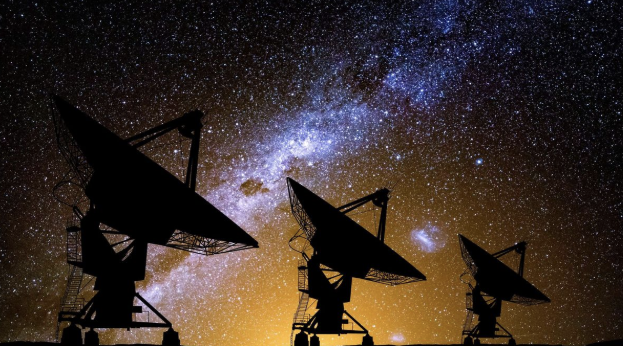Exoplanets : Discovering New Worlds Beyond Our Solar System


Category
InfosAs humanity continues to look to the stars, one of the most exciting frontiers in space exploration is the discovery of exoplanets that exist outside our solar system. With the help of advanced telescopes and technology, scientists have identified thousands of these distant worlds, some of which may even hold the potential for life.
What Are Exoplanets?
Exoplanets are planets that orbit stars other than our Sun. The first exoplanet was discovered in 1995, and since then, over 5,000 exoplanets have been confirmed in more than 3,500 planetary systems. They come in many sizes and types, from small rocky planets similar to Earth to massive gas giants like Jupiter.
Among the most fascinating discoveries is Kepler-452b, often referred to as « Earth’s cousin. » This exoplanet orbits a star much like our Sun and sits in the star’s habitable zone—the region where conditions may allow liquid water to exist. With its similar size and position relative to its star, Kepler-452b has captured the imagination of scientists, who consider it one of the best candidates for further study when it comes to finding Earth-like conditions elsewhere in the universe.
How Do We Find Exoplanets?
There are several ways scientists discover exoplanets. The most common method is called the transit method, which involves observing the dimming of a star’s light as a planet passes in front of it. Another method is the radial velocity method, where scientists measure the tiny movements of a star caused by the gravitational pull of an orbiting planet.
Why Are Exoplanets Important?
Exoplanets provide crucial insights into the formation and evolution of planetary systems, including our own. Some exoplanets, located in the « habitable zone » of their stars, are especially interesting because they could have conditions suitable for liquid water—and potentially life. These findings challenge our understanding of where life might exist in the universe and spark new questions about how common Earth-like conditions truly are.
What’s Next?
The search for exoplanets is far from over. Upcoming space missions like NASA’s James Webb Space Telescope, launched in 2021, are expected to provide even more detailed information about the atmospheres and compositions of exoplanets, giving us a closer look at these distant worlds.
In the future, we may discover even more planets that share similarities with Earth, potentially making the dream of finding life elsewhere in the universe a reality.
Edgar Mathis-Volsy 2-3


